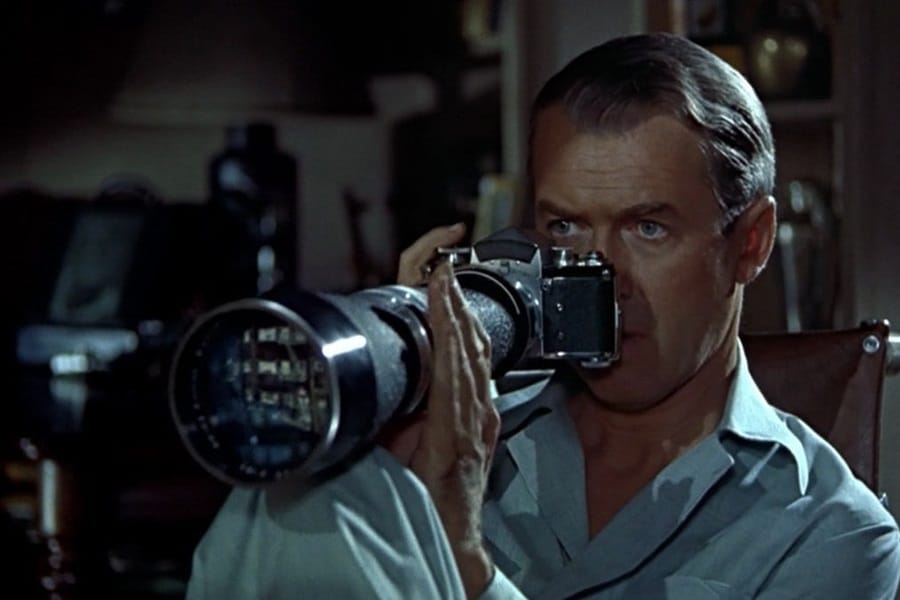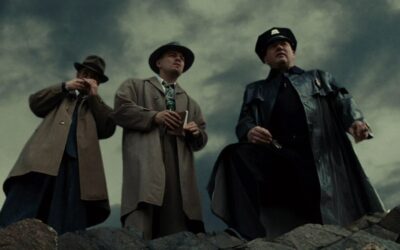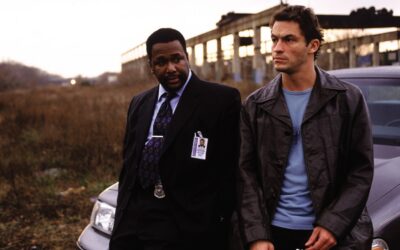
Crime Scenes
Crime scenes. The heart-pounding nucleus of any mystery story. They can be as grimy as the streets of Raymond Chandler’s Los Angeles or as deceptive as an Agatha Christie parlor room. But crafting a chilling tableau of malfeasance for readers or viewers isn’t just about splattering some red and tossing a body onto the floor. Oh no, the devil’s in the details, and those intricate subtleties make a crime scene truly memorable.
Think of Sir Arthur Conan Doyle’s world of Sherlock Holmes. The eponymous detective would walk into a room and, within moments, unveil details that left Scotland Yard’s finest flabbergasted. It wasn’t merely the presence of a corpse that rattled Watson’s nerves; it was the strategic positioning of a half-smoked cigar, the precise angle of an open window, or the almost imperceptible scent of an exotic perfume. Those tiny details, more than the crime itself, were what solidified the scene’s eerie grip.
But let’s not pigeonhole ourselves into the smoke-filled rooms of Victorian London. Crime scenes span an eclectic array of environments. From the windswept moors in Thomas Hardy’s novels, where nature itself seems to whisper dark secrets, to the eerily silent corridors of spaceships in Ridley Scott’s Alien, an effective crime scene exploits its environment, weaving it into the narrative fabric.
Setting is crucial, and choosing the right one can amplify the dread. Patricia Highsmith, in her novel Strangers on a Train, masterfully juxtaposed the ordinary with the gruesome. A seemingly innocent fairground becomes the site of an insidious plot, and the merry-go-round’s incessant circular movement takes on a macabre symbolism. Setting isn’t just about the physical location; it’s about tapping into its emotional resonance.
Yet, even the most sinister of settings would fall flat without the palpable tension between characters. Hitchcock’s Rear Window is a testament to this. The entire movie is set in an apartment overlooking a courtyard, but it’s the interaction, or rather the voyeuristic observation, between James Stewart’s character and his mysterious neighbor that amplifies the creepiness. The crime scene here isn’t marked by yellow tape or forensics but by the chilling uncertainty that something unspeakable has occurred.
Taking a page from Alfred Hitchcock, it’s apparent that the unseen and the unknown ratchet up the suspense. The less shown, the more the imagination runs wild. H.P. Lovecraft knew this all too well. His tales of cosmic horror rarely revealed the monster outright. Instead, he left it to the shadows, allowing readers’ minds to conjure their worst nightmares.
It’s also worth noting that timing can make or break the chill factor. When and how a crime scene is discovered plays a vital role in its impact. Agatha Christie’s And Then There Were None unfolds on a remote island where guests are picked off one by one. With each death, the survivors’ anxiety grows, and the unease of not knowing when the next body will surface only deepens the dread.
Consistency, though it might sound boring, is vital. A crime scene should align with the story’s overall tone. Mismatched elements can break immersion. Take for instance the universe of Twin Peaks by David Lynch. Its crime scenes, though often strange and surreal, fit perfectly within the context of the show’s bizarre world. A misplaced detail in a different narrative could seem comical, but in Lynch’s universe, it becomes another layer of the mystery.
So, to paint the perfect chilling crime scene:
-
Dive deep into the setting. Whether it’s a rain-soaked alleyway or a sunlit meadow, extract every ounce of atmospheric tension.
-
Develop intricate character dynamics. Every glance, every silence can be more unnerving than spoken words.
-
Harness the power of the unseen. Let shadows, sounds, and hints dictate the narrative.
-
Time the discovery right. Whether immediate or delayed, ensure it serves the story’s pacing.
-
Maintain tonal consistency. The most chilling scenes are those that feel seamlessly woven into the fabric of the story.
As the pages turn or the credits roll, it’s not just about who did it or why. It’s about that lingering sense of unease that stays long after the mystery is solved. The mark of a chilling crime scene isn’t just in its immediate shock value; it’s in its haunting aftertaste. So, novelists and screenwriters, take heed and craft those crime scenes with care. The shivers down the spine are worth every painstaking detail.
More Crime Features
Literary Crime
Where Depth Meets Deceit
Criminal Fashion
Iconic Outfits and Styles in Crime Fiction
Ethics in Crime Fiction
Exploring Morality in Law and Order



